blueberrydot
Shiny_Rock
- Joined
- Oct 21, 2009
- Messages
- 187
We just received the GIA report of a loose stone that we are considering. The color is G, and the report indicates that it has a "Very Strong Blue" fluorescence. Should I be worried? I have seen the stone in person and didn''t notice anything odd about it but then again, I didn''t know what I was looking for. Would the "milky" or "oily" appearance that I''ve heard some diamonds with strong fluorescence can have be immediately apparent to the naked eye when one is looking at the diamond?
Also, the stone is graded as a "Very Good Cut" by GIA, and scores a 1.8 on the HCA. However, the table seems to be MASSIVE at 61% - I think I had read on here that tables *should* be around 56% or something? (Forgive me, I''m still a diamond noob
 ). Here are the numbers I plugged into the HCA:
). Here are the numbers I plugged into the HCA:
Depth: 59.8%
Table: 61%
Crown: 32.5
Pavilion: 41
The results:
Light Return: VG
Fire: EX
Scintillation: VG
Spread: EX
Score: 1.8 - Excellent, within TIC range (I have no idea what TIC is, ack!)
My question is, IS the table too big? Would it be worth it to have it recut into Heart and Arrows, perhaps? Would it even be a good candidate for a recut? (It''s a VVS2, so I don''t think durability would be an issue).
Thanks for putting up with all of my pesky questions! This diamond searching has been stressful!

Also, the stone is graded as a "Very Good Cut" by GIA, and scores a 1.8 on the HCA. However, the table seems to be MASSIVE at 61% - I think I had read on here that tables *should* be around 56% or something? (Forgive me, I''m still a diamond noob

Depth: 59.8%
Table: 61%
Crown: 32.5
Pavilion: 41
The results:
Light Return: VG
Fire: EX
Scintillation: VG
Spread: EX
Score: 1.8 - Excellent, within TIC range (I have no idea what TIC is, ack!)
My question is, IS the table too big? Would it be worth it to have it recut into Heart and Arrows, perhaps? Would it even be a good candidate for a recut? (It''s a VVS2, so I don''t think durability would be an issue).
Thanks for putting up with all of my pesky questions! This diamond searching has been stressful!


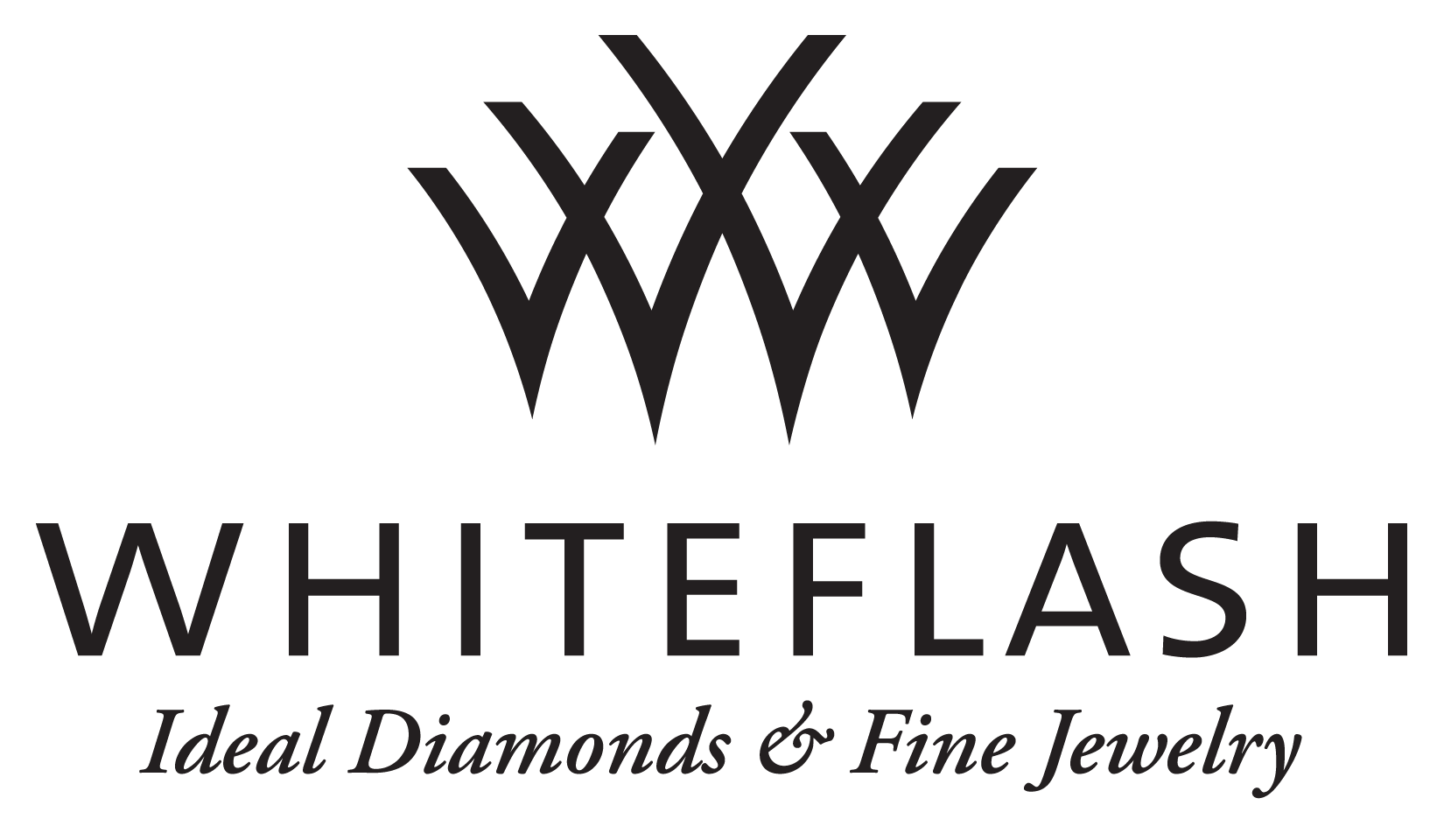
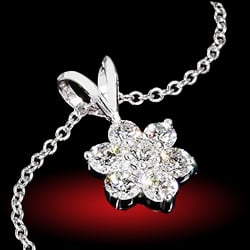
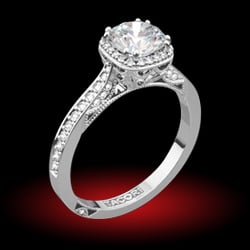
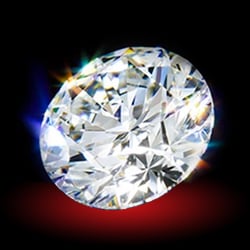
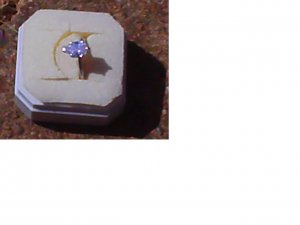

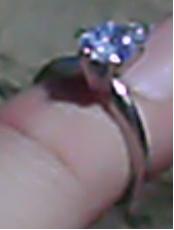


300x240.png)